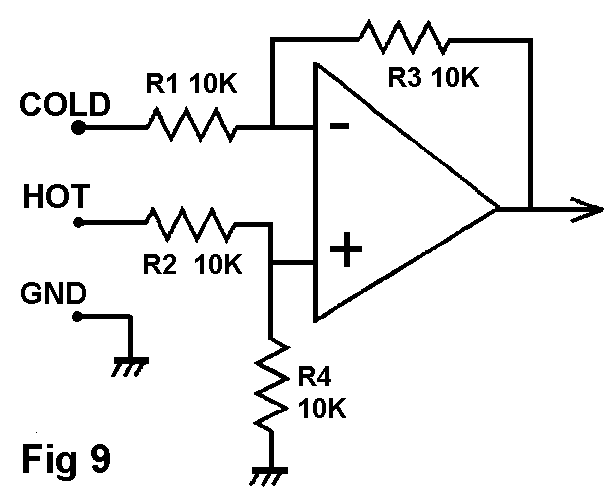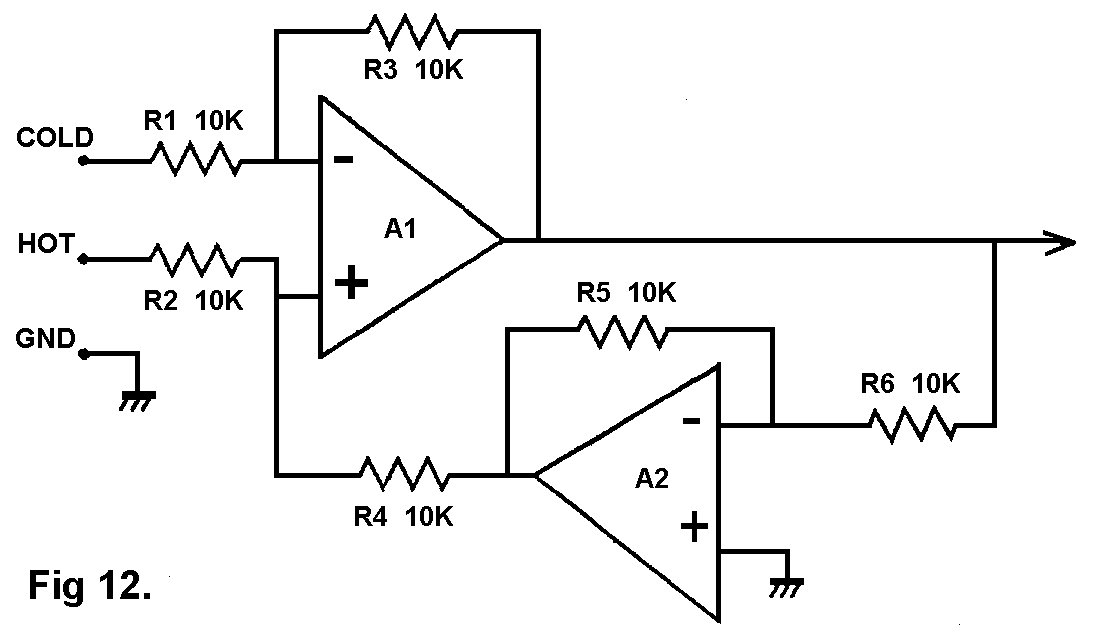A chip change won't do much. Instead, remove R10 and replace it with a 1M pot wired as a variable resistor. This will allow you to reduce the gain between the two tube stages. If you don't want to permanently leave in the pot, find a position on the pot that gives you the best compromise in conjunction with the Gain control, remove the pot and measure the resistance at that position, then substitute the closest value resistor back into R10.
Starved plate tube designs, like this one, are inherently more distorted than full voltage designs for a given input signal level.
Starved plate tube designs, like this one, are inherently more distorted than full voltage designs for a given input signal level.


